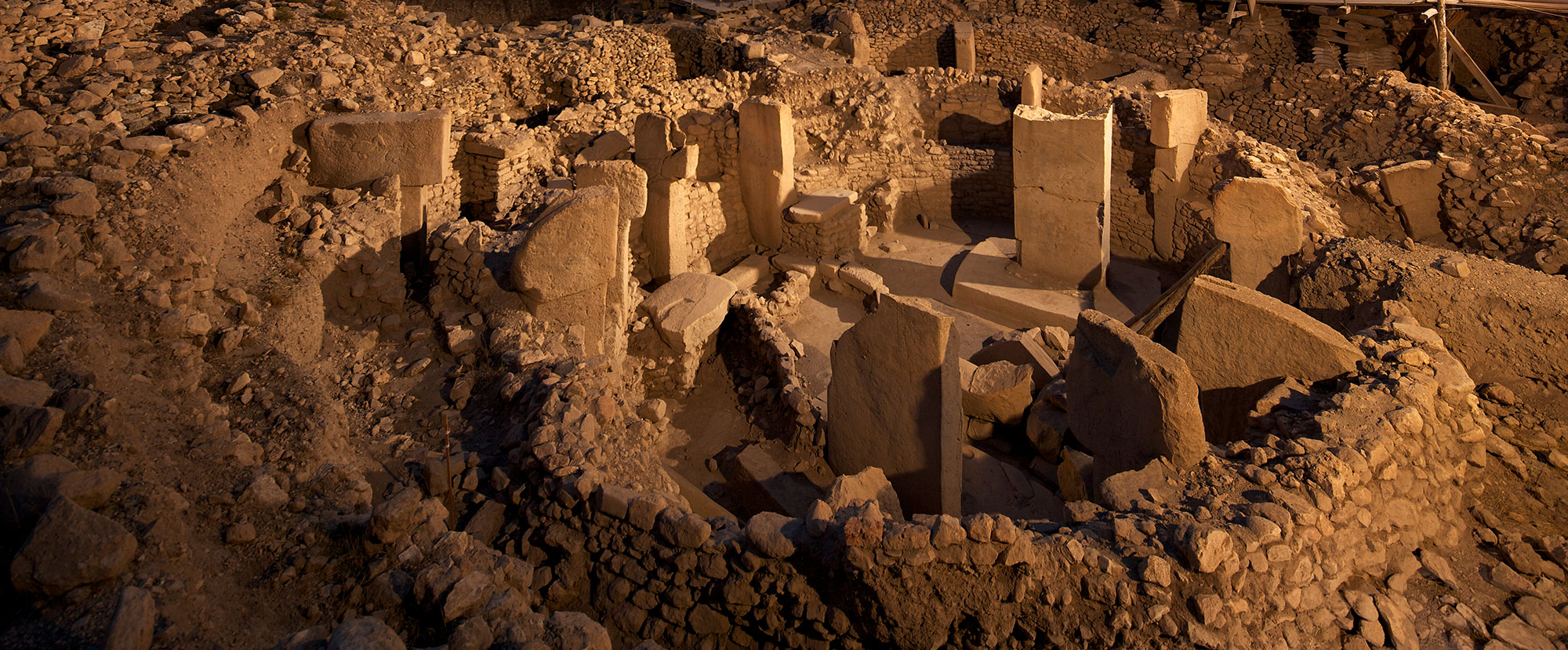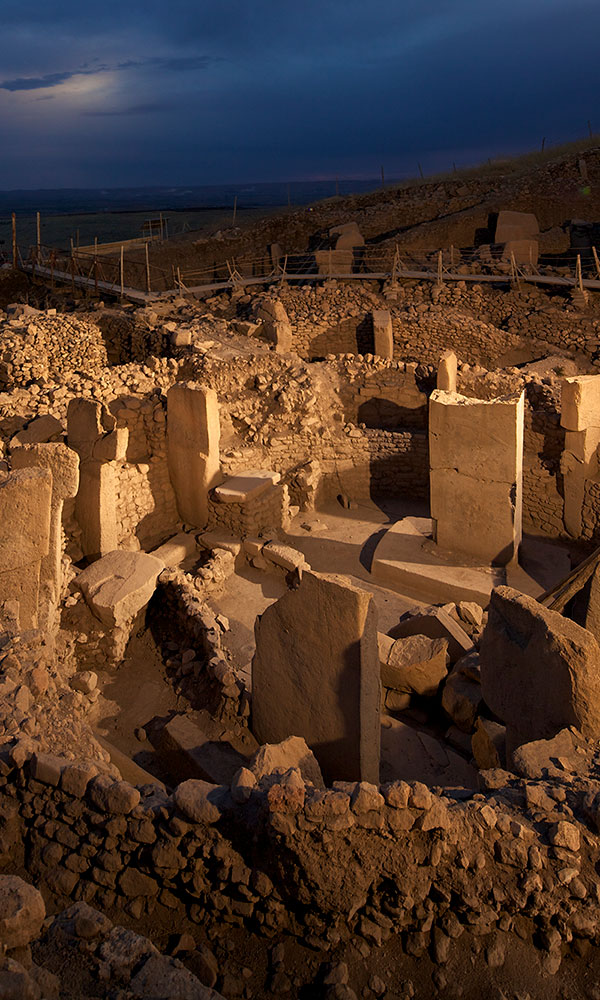COPENHAGEN, DENMARK—According to a Science Nordic report, Troels Pank Arbøll of the University of Copenhagen studied 2,700-year-old texts written on clay tablets by Kisir-Ashur, a medical student who lived in the Neo-Assyrian Empire at the end of the seventh century B.C. Kisir-Ashur described how he was trained, and his writings offer insights into how the Assyrians understood the concept of illness. “It’s an insight into some of the earliest examples of what we can describe as science,” Arbøll said. During the earlier stages of his education, Kisir-Ashur practiced his skills on animals, then progressed to treating babies, and finally adults. The texts also reveal that disease was thought to have been caused by sinful or objectionable behavior by the sick person, or the result of witchcraft performed against the sick person. After the power that caused the disease was identified, it was treated with medical agents, incantations, prayers, and rituals. Healers also treated economic and social problems, which were thought to have the same origins as illnesses. “He does not work simply with religious rituals, but also with plant-based medical treatments,” Arbøll added. Kisir-Ashur also experimented with the venom of scorpions and snakes, and observed patients who had suffered bites or stings. To read in-depth about cuneiform tablets, go to “The World's Oldest Writing.”
Medical Writings From Ancient Mesopotamia Studied
News February 12, 2018
SHARE:
Recommended Articles
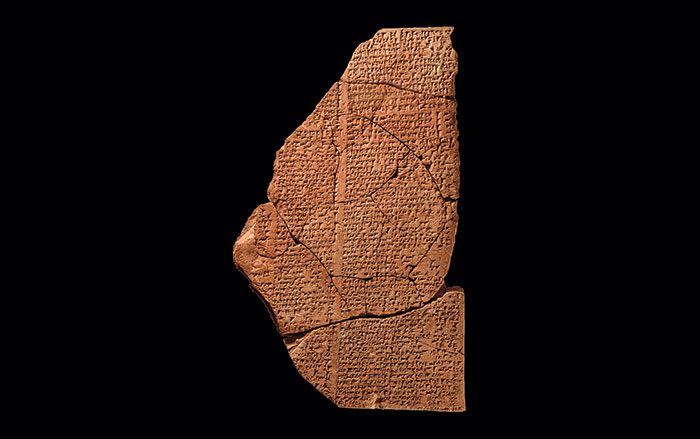
© Anmar A. Fadhil, Department of Archaeology, University of Baghdad/Iraq Museum and the State Board of Antiquities and Heritage
Digs & Discoveries November/December 2025
In His Majesty's Secret Service
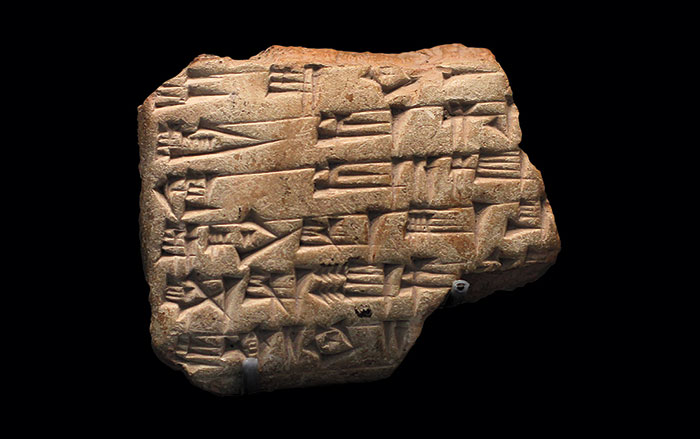
© 2012 Musée du Louvre, Dist. GrandPalaisRmn/Raphaël Chipault

© The Trustees of the British Museum
Digs & Discoveries July/August 2025
Wax On, Wax Off

© The Trustees of the British Museum
-
Features January/February 2018
Where the Ice Age Caribou Ranged
Searching for prehistoric hunting grounds in an unlikely place
 (Paul Nicklen/National Geographic Creative)
(Paul Nicklen/National Geographic Creative) -
Letter From Albania January/February 2018
A Road Trip Through Time
As a new pipeline cuts its way through the Balkans, archaeologists in Albania are grabbing every opportunity to expose the country’s history—from the Neolithic to the present
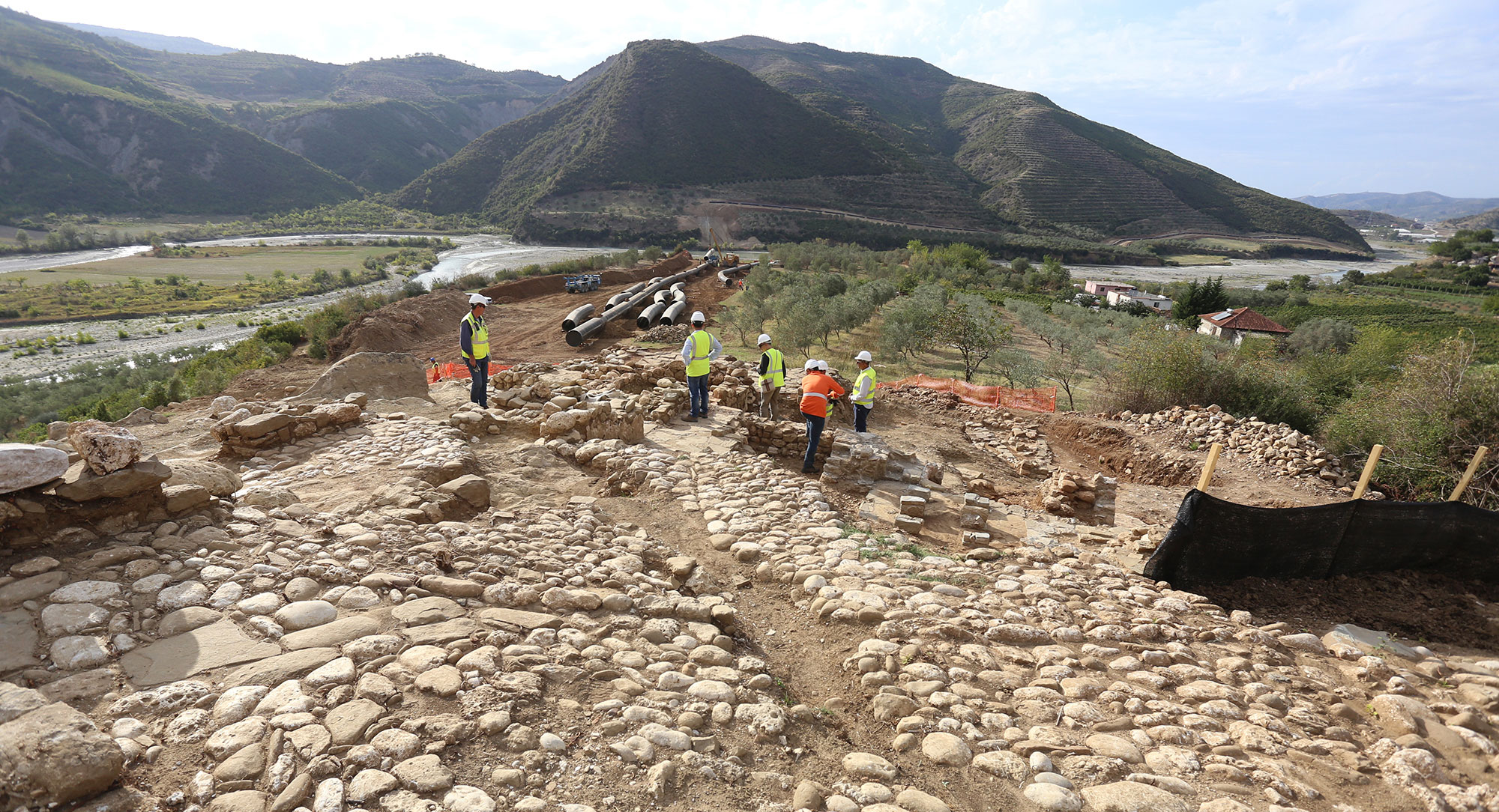 (TAP/G. Shkullaku)
(TAP/G. Shkullaku) -
Artifacts January/February 2018
Roman Dog Statue
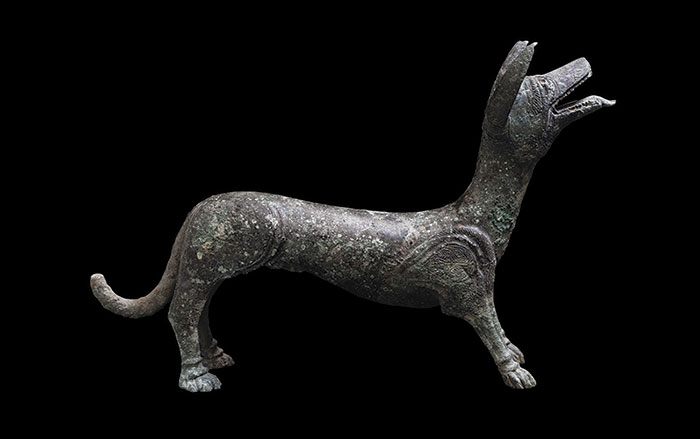 (Eve Andreski/Courtesy Gloucester County Council)
(Eve Andreski/Courtesy Gloucester County Council) -
Digs & Discoveries January/February 2018
The Secrets of Sabotage
 (Bjørn Harry Schønhaug)
(Bjørn Harry Schønhaug)


